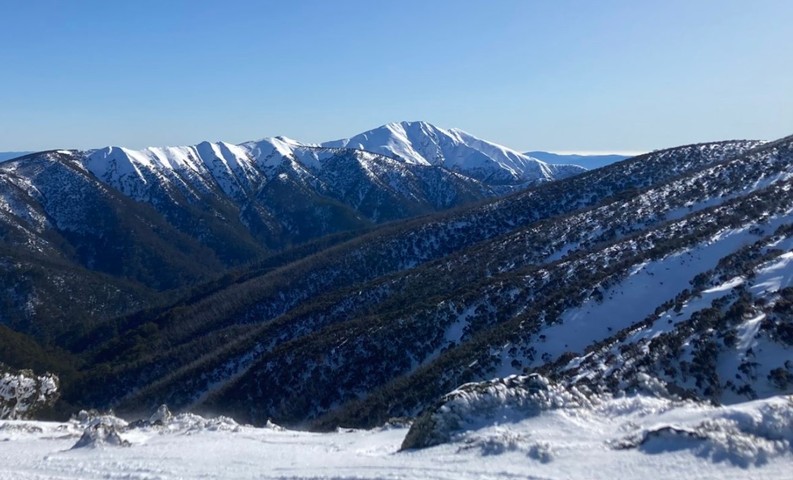Discover What Fun Experiences You Can Try When Visiting Snow In Australia
Discover What Fun Experiences You Can Try When Visiting Snow In Australia
Blog Article
Discover the Interesting Effects of Snow in Australia on Regional Environments
In spite of its track record for sun-soaked landscapes, Australia additionally boasts areas buried by snow-- a sensation that greatly influences the country's unique communities. The shielding residential properties of snows shield flora and fauna in the middle of the chilliest winters, while the melting snow supports rivers and aquatic life. However, the genuine wonder lies in how these wintry problems form the nation's biodiversity and nutrient cycles. As we unravel this detailed relationship, we find ourselves walking on uncharted grounds in Australia's high nation.
The Unanticipated Regions of Snowfall in Australia
Although Australia is commonly related to sun-scorched landscapes and sandy coastlines, certain regions surprisingly experience snowfall. The high nation areas of New South Wales, Victoria, and Tasmania are specifically understood for their winter season snow. The Snowy Mountains in NSW, as an example, obtain plentiful seasonal snow, using a stark contrast to the country's typical hot, arid climate. The Victorian Alps and components of Tasmania likewise see annual snowfalls, transforming the landscape right into a winter wonderland. These areas are not just abnormalities however important components of Australia's diverse environment system. The visibility of snow in these regions significantly affects local ecosystems, subsequently impacting the country's distinct biodiversity. The specific impact on Australia's distinctive plants will certainly be talked about in the following section.

Just How Snow Impacts Australia's Unique Flora
While it may seem unusual, snowfall in Australia plays an essential function fit the country's one-of-a-kind plants. The snow-filled winters foster resilience in Australian plant varieties. This is particularly apparent in the sub-alpine and towering regions, where snow gum tissues and mountain plum-pines grow. These plants have actually advanced to endure in extreme problems, with snow acting as a safety blanket from rough winds and freezing temperatures. The snow likewise contributes to the dampness web content of the soil, providing necessary hydration for plant during the completely dry summer season. Basically, the snow influences the timing of flowering and seed dispersal, the growth rates, and the survival of several plant varieties, showcasing the intricate interplay between climate and plants in Australia.

The Adaptations of Australian Fauna to Snowfall
Equally as Australia's plants has actually adapted to the wintery problems, the neighborhood fauna too, show exceptional adaptations to the snowfall. Variety like the Hill Pygmy-possum, the only Australian marsupial understood to hibernate, have actually developed strategies to survive in snowy environments. It uses the snow as insulation, hibernating in rock holes under the snow to stay cozy. Likewise, the Snow Skink, a species of lizard, transforms its colour to white during winter season, supplying camouflage against predators. Birds such as the Snowy Hills' Crimson Rosella also change their diet regimens to consume read review offered food resources throughout colder durations. Therefore, despite the harsh conditions, Australian fauna demonstrates a durable and flexible nature, guaranteeing their survival in areas experiencing snowfall.
The Duty of Snow in Shaping Regional Ecosystems
In shaping the regional environments, the role of snow in Australia is both profound and multilayered. Snow supplies an important water resource, feeding rivers and storage tanks as it thaws, hence supporting a range of marine life kinds. The visibility of snow shapes the plants patterns, animal actions, and general sustainability of find here Australia's distinct environments.

The Future of Snowfall in Australia: Forecasts and Ramifications

Given the critical role snow plays in shaping regional environments, the future of snowfall in Australia is drawing raising attention from researchers and environmentalists. Much less snow could result in minimized water availability in alpine regions, negatively affecting wild animals environments and plant life. The tourism sector, heavily dependent on the wintertime snow season, might also encounter considerable difficulties.
Conclusion
The duty of snow in Australia's ecological communities is critical yet frequently neglected. Thus, the snow in Australia is much more than a natural spectacle; it's a vital player in index the nation's environmental story.
In spite of its track record for sun-soaked landscapes, Australia additionally flaunts regions blanketed by snow-- a phenomenon that profoundly influences the country's unique communities. It utilizes the snow as insulation, hibernating in rock gaps under the snow to remain warm - Snow In Australia.In forming the local communities, the function of snow in Australia is both profound and multilayered. The presence of snow forms the plants patterns, animal habits, and general sustainability of Australia's distinct communities
Provided the vital duty snow plays in forming regional environments, the future of snowfall in Australia is drawing enhancing attention from environmentalists and researchers.
Report this page